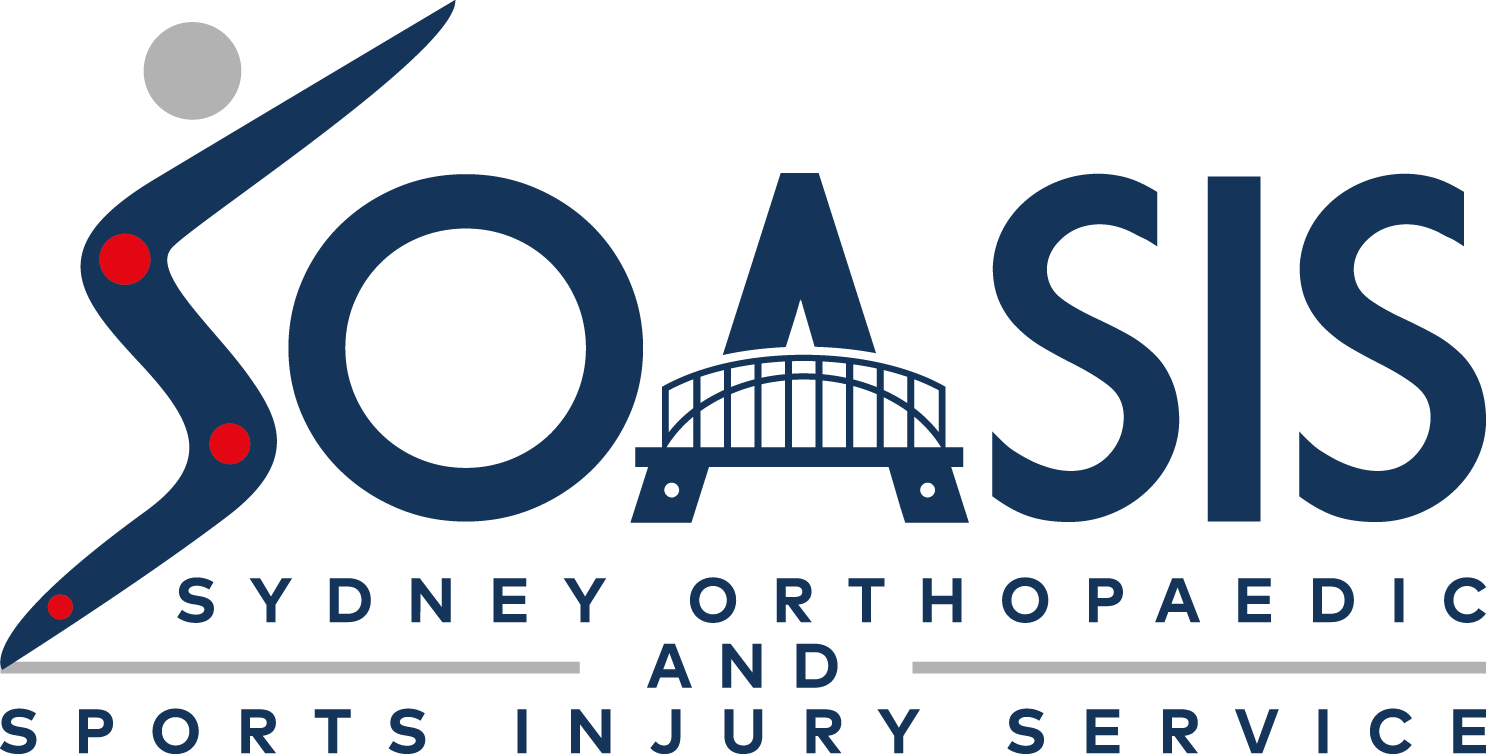Ankle Cartilage Repair
What is Ankle Cartilage Injury?
Ankle Cartilage Injuries, also known as Osteochondral injuries or osteochondral defects (OCD), can be a cause of persistent ankle pain.
These injuries occur from damage to the cartilage from either an acute or sudden trauma (e.g. sprain or fracture) to the joint, or from repetitive microtrauma over time without a specific injury.
Proper diagnosis is important to treat the injury in a timely fashion to prevent chronic problems such as arthritis developing from these injuries.
Symptoms Of Ankle Cartilage Injury?
The symptoms of an ankle cartilage injury or OCD include:
- Ankle pain or tenderness- in either a specific part of the ankle or involving the entire joint
- Repeated swelling of the affected ankle joint
- Painful clicking in the ankle joint
- Limited mobility in the ankle joint.
Treatment for Ankle Cartilage Injuries
Treatment for your ankle cartilage injury or OCD is guided by a number of factors such as your age, how long the injury has been present, the size of the area of cartilage damage, whether the cartilage lesion is loose or not, as well as what prior treatments you have had.
Certain cartilage lesions are suitable for non-operative treatments including:
- Modifying your activity to rest the ankle joint and allow the injury time to heal
- Pain relieving medications to manage your pain whilst the lesion is given time to heal
- Physiotherapy exercises to strengthen your ankle and avoid further ankle twists and sprains
- Braces to support your ankle during this recovery period
In certain injury patterns or if non-surgical management is unable to relieve your symptoms, surgery may be required. Surgical treatment is dependent on the nature and severity of the injury. Common treatments for Ankle Cartilage Repair include:
- Ankle Arthroscopy
- Screw or Pin Fixation of the OCD lesion,
- Debridement of loose cartilage flaps
- Ankle stabilisation surgery
Your surgeon will discuss the best treatment option for you after assessment of your symptoms, examination of your ankle and reviewing imaging of the cartilage injury.


